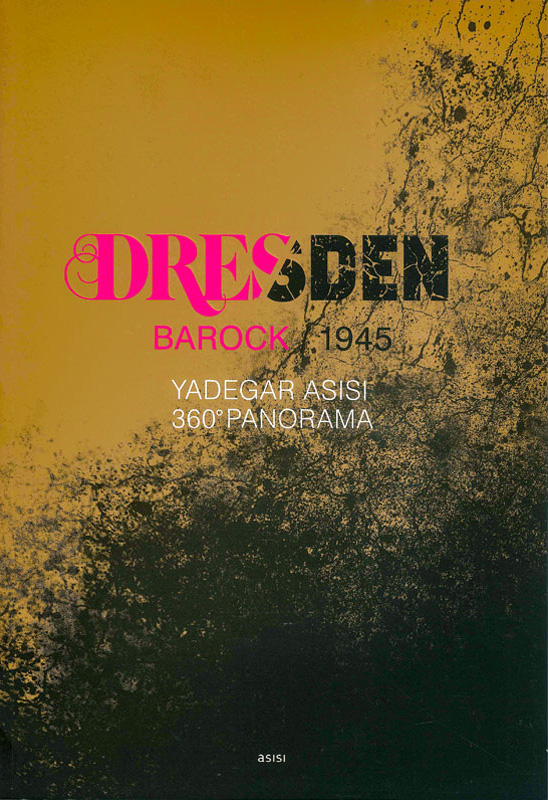DRESDEN 1945
Tragedy and Hope of a European City
Picture Gallery- Location
- Project Information
DRESDEN 1945
Tragedy and Hope of a European City
DRESDEN 1945 focusses on the themes of war and destruction as a result of the devastating air strikes on Dresden in February 1945. The scenery of the destroyed city as it looked directly after the bombing stretches out from the Town Hall Tower. Flames and columns of smoke can still be seen in many of the countless ruined houses. Victims as well as survivors covered with layers of ash who sought refuge during the catastrophe are discernible amidst the apocalyptic, dystopian landscape.
Along with a number of other European cities that were destroyed in the Second World War, Dresden has become a global symbol of the annihilation of war. Asisi also deals with the fatal consequences of the war in countries outside of Germany. A photo series displayed across 16 columns in the Panorama room depicts the devastation of European cities such as Rotterdam, Coventry, Stalingrad and Warsaw in 1945 following German attacks.
The Panorama is intended as a reminder of those who survived and of the movement against militarism, fascism, nationalism and retaliation. Addressing the idea of hope, Asisi has also created an accompanying exhibition outlining humanity’s perpetual will to survive, which emerges after every destruction and can today be seen in the rebuilt city of Dresden. Asisi also views Dresden’s history as allegorical: development and destruction, splendour and demise, high culture and the dark depths of human nature are opposing themes that apply across the world.
Past exhibition locations of DRESDEN 1945
PANOMETER DRESDEN
Since 2015 alternating with BAROQUE DRESDEN
Publication
An accompanying book about Dresden’s history and the two panoramas – BAROQUE DRESDEN and DRESDEN 1945. The illustrated essays, articles and interviews delve into Yadegar Asisi’s concept.
Panorama music and soundscape by Eric Babak
From the pilot project EVEREST onwards, Yadegar Asisi is collaborating with the well-known composer and pianist Eric Babak. In close collaboration between the two artists, the impressive soundscape of the panoramas is harmonized directly in the exhibition space with the lighting patterns to create an atmospheric overall installation. Depending on the project, the productions use, among other things, large orchestras and choirs, but also minimalist synthesizer sounds in combination with everyday noises to make the special atmosphere of the themes audible and tangible in the constant change of panorama sequences.


